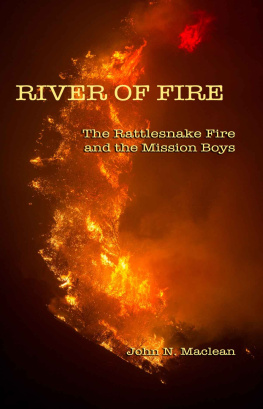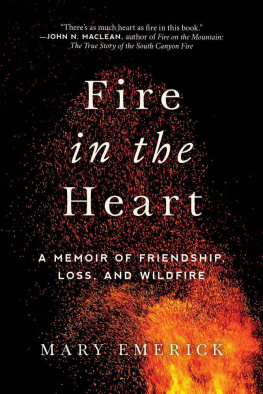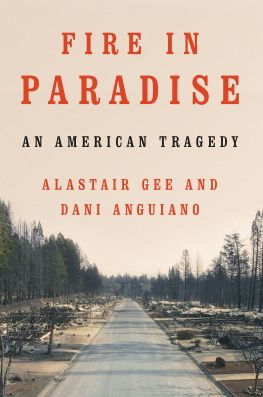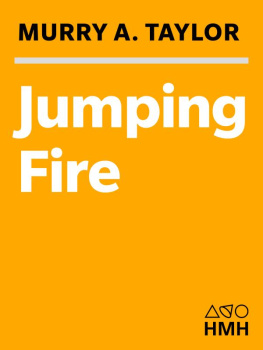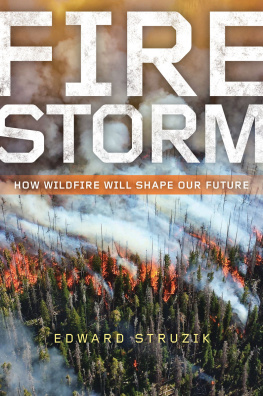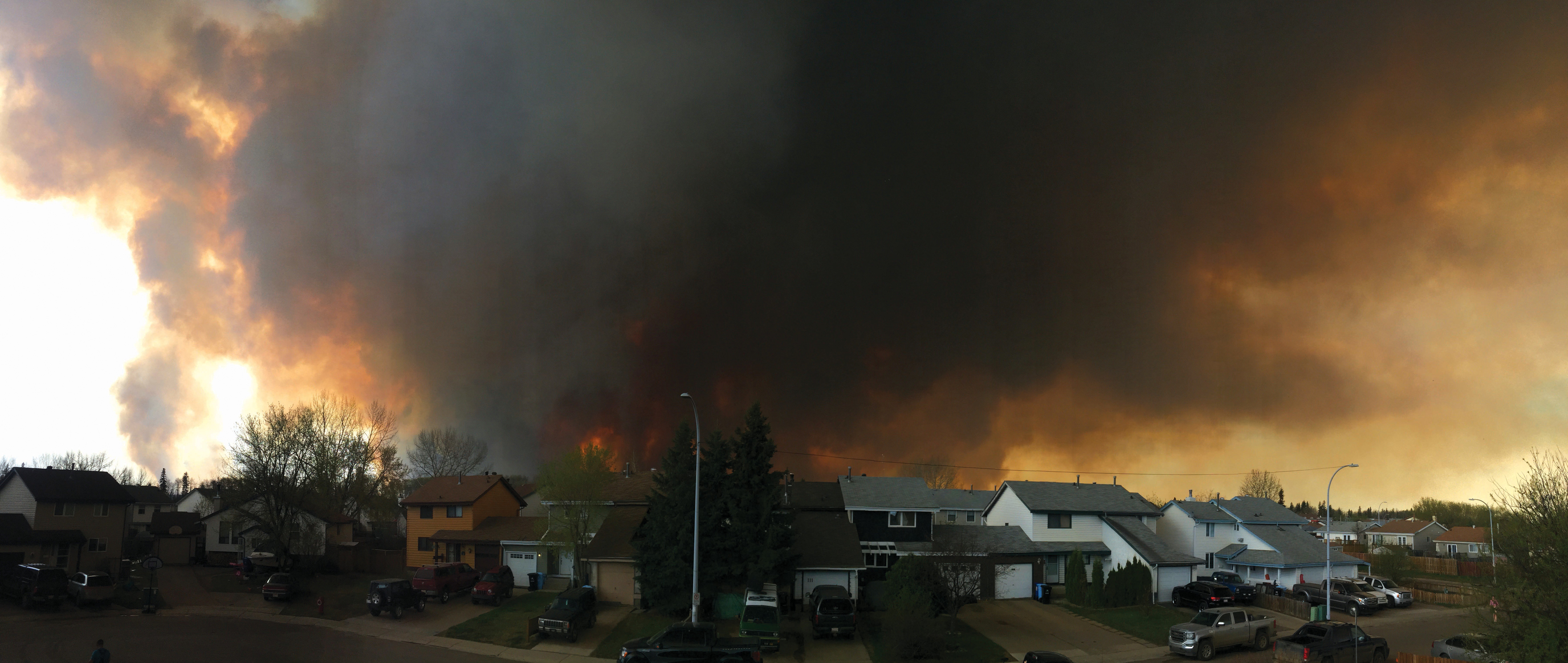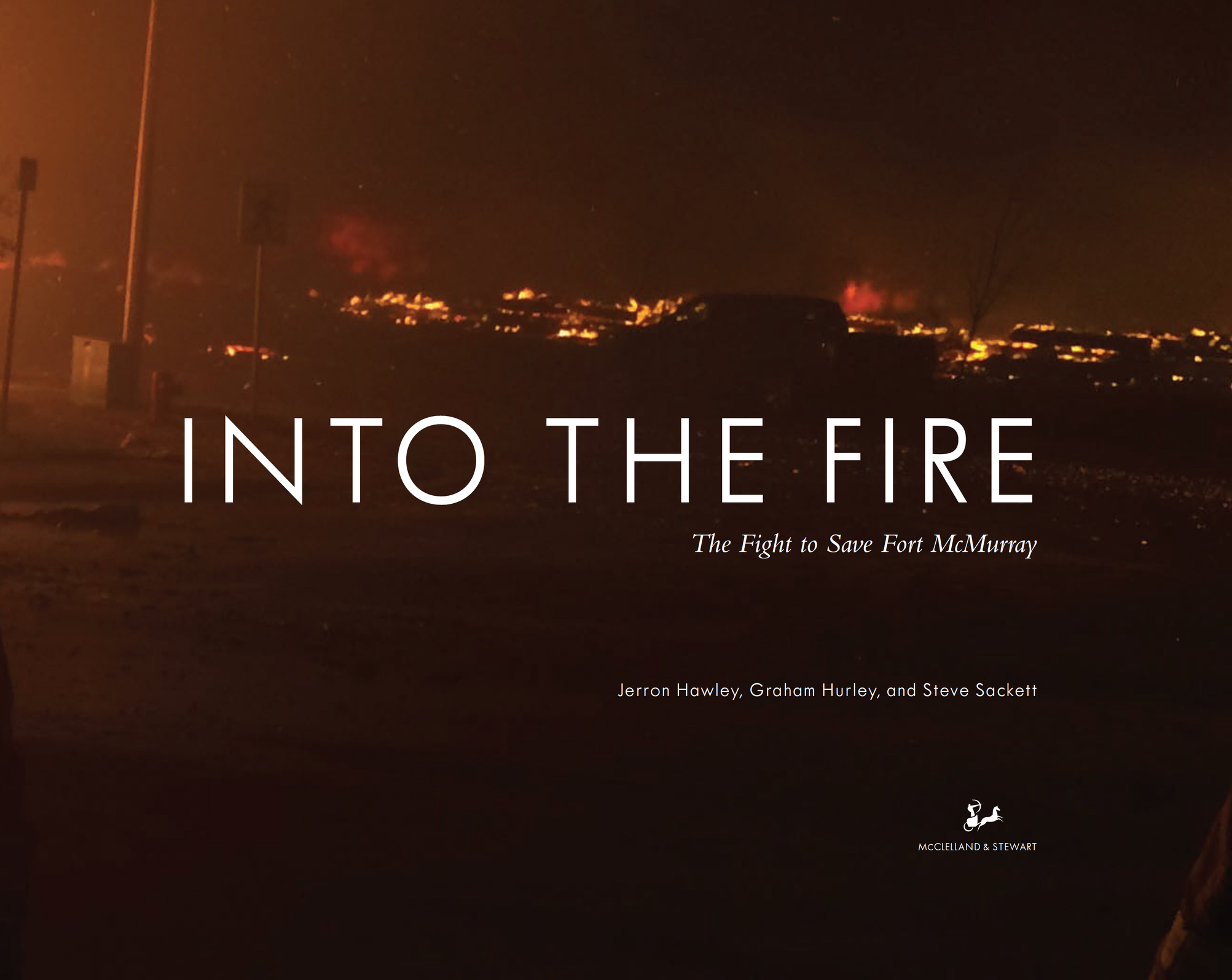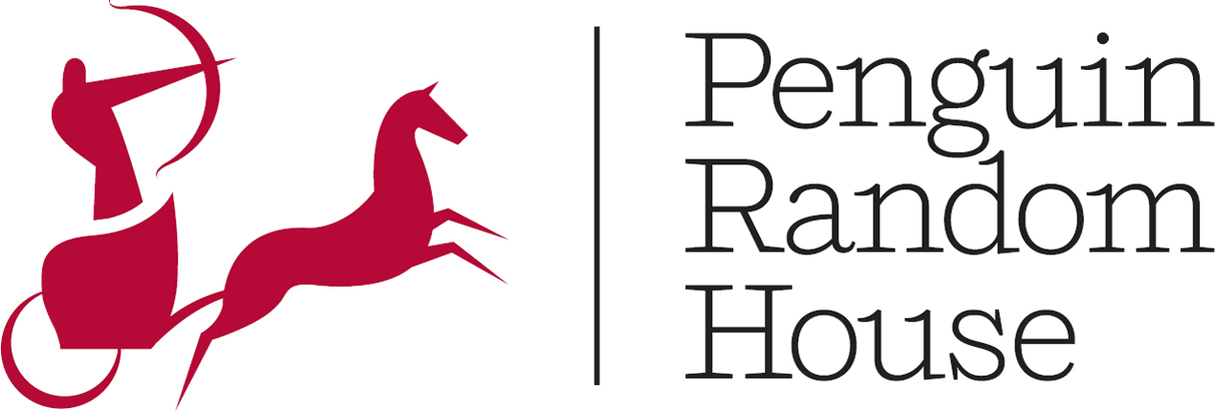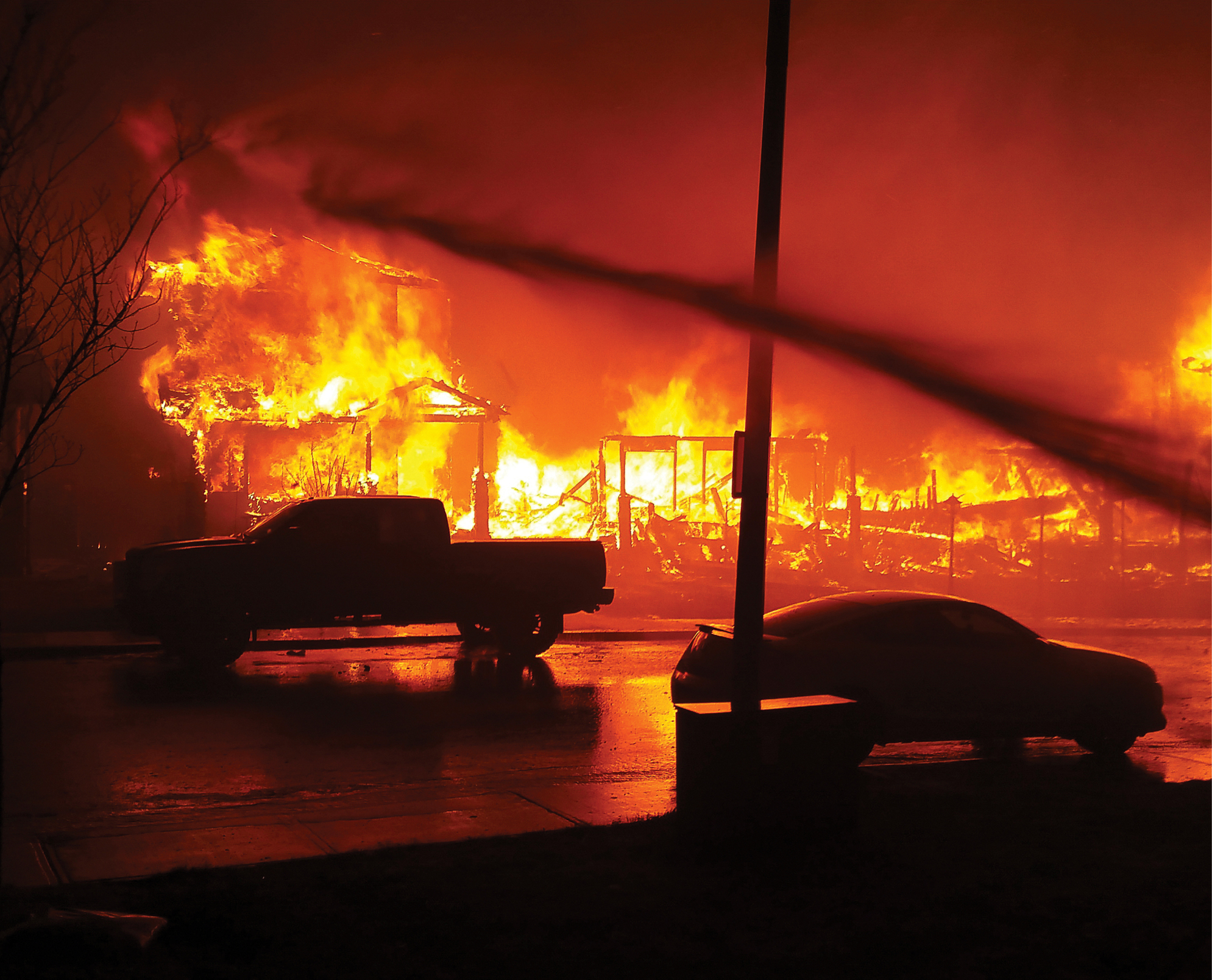Contents
Copyright 2017 by Jerron Hawley, Graham Hurley, and Steve Sackett
Photographs 2017 by Jerron Hawley, Graham Hurley, Steve Sackett, Doug Noseworthy, and Troy Palmer
All rights reserved. The use of any part of this publication reproduced, transmitted in any form or by any means, electronic, mechanical, photocopying, recording, or otherwise, or stored in a retrieval system, without the prior written consent of the publisher or, in case of photocopying or other reprographic copying, a licence from the Canadian Copyright Licensing Agency is an infringement of the copyright law.
Library and Archives Canada Cataloguing in Publication is available upon request
ISBN9780771039287
Ebook ISBN9780771039294
Cover image: Troy Palmer
Book design by Jennifer Lum
McClelland & Stewart,
a division of Penguin Random House Canada Limited,
a Penguin Random House Company
www.penguinrandomhouse.ca
v4.1
a
CONTENTS
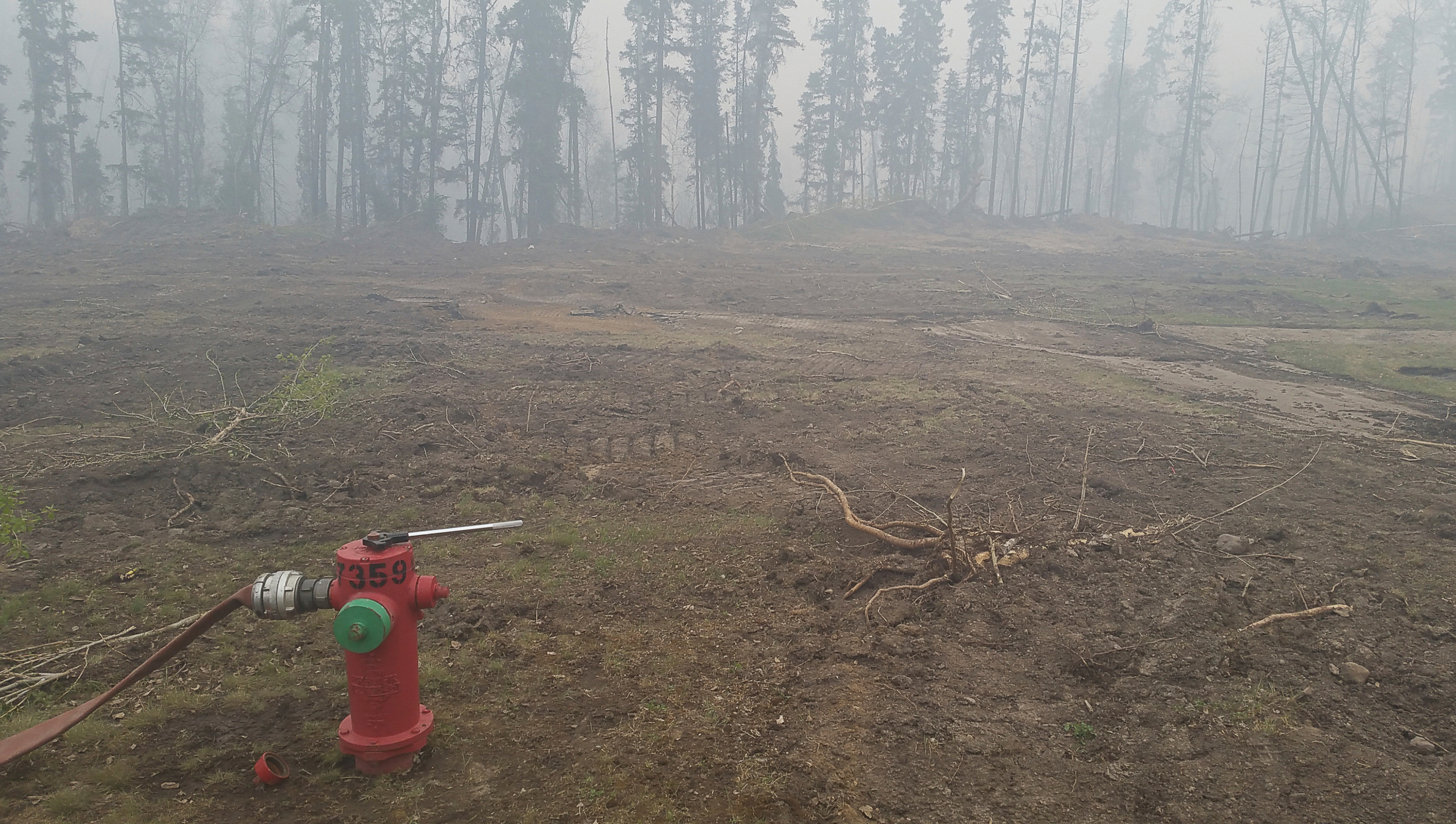

Authors Note
T he Fort McMurray wildfires of May 2016 were one of the biggest natural disasters in recent Canadian history. The ensuing evacuations during that historic week in May were on an unprecedented scale. Ninety thousand people were evacuated from the city, and for thousands, it would be the last time they would see their homes, neighbourhoods, or even Fort McMurray, again. Ninety thousand incredible stories could be told, because all but two people escaped with their lives.
As always in these situations, when many are running out, there are those people who take it upon themselves to be running in. This is a story about some of the people who were running in. People from all walks of life and training were sticking around to fight for their community. These men and women ranged from young to old utilities workers, water truck drivers, equipment operators, countless firefighters, police, and EMS and health care professionals.
This short book is the story of three Fort McMurray firefighters Jerron Hawley, Graham Hurley, and Steve Sackett who made notes during the fire and later wrote their story down. Writing about the fire was a way for them to digest their experience and compare stories; it allowed them to accept what had happened. They stayed together for the first six days of the fire, forming a strong bond. The stories in this book are told through their eyes and do not reflect the experience of the Fort McMurray Fire Department as a whole. A community of people helped during the fire. In many cases, the actions of complete strangers working alongside one another on the ground were nothing less than heroic. This event has shown that, in Canada, we are still willing to step up for one another. This book presents a tiny glimpse into the massive effort undertaken during that extraordinary time.
Introduction
F ort McMurray is a city located deep in the boreal forest of the Regional Municipality of Wood Buffalo in northern Alberta. The powerful Athabasca River, fed from the glacial waters of the Rocky Mountains several hundred kilometres away, flows through the heart of town. The Clearwater River enters the town from the east and joins the Athabasca at the north end of downtown Fort McMurray. Two other smaller rivers, the Horse and the Hangingstone, weave into town from the south and empty into the Athabasca within the city limits. These four rivers create the hills and valleys that the city is built upon. Downtown Fort McMurray was built on the floor of the valley where the Athabasca and the Clearwater Rivers unite. Most of the residential areas are located at the tops of the valley but some are lower, on the flood plains. In the spring and summer, the landscape of Fort McMurray is painted green in a sea of mostly spruce, aspen, and poplar trees that create a beautiful backdrop in the hills and valleys. By winter the green has faded into a blanket of white, and the northern lights are often seen dancing in a ghostly parade of deep reds, purples, greens, and blues across the starlit sky.
There is more to Fort McMurray than just natural beauty, however. Oil sands in which oil is naturally combined with the sandy soil below the muskeg overburden are found all over northern Canada, but a high-concentration and comparatively easy-to-access formation is found just north of Fort McMurray. This high-grade oil, which is used all over the world, is a source of great wealth for Canada. The employment opportunities this resource offers have attracted people from beyond Albertas and Canadas borders. The city has a population of over eighty thousand residents, some of whom were born here but many of whom have come from elsewhere. The average age of the population is young, just thirty-five years, and due to the regions strict labour and environmental laws the majority of people are highly trained in workplace safety and very knowledgeable about what to do in the event of an emergency.
The need for an emergency response team was evident even when the community was still small but growing. In 1974, Roy Hawkins created the Fort McMurray Fire Department (FMFD) and acted as chief, developing the basis of the current fire department. That original small department has grown to 160 full-time members today. All members are trained to the standard of a National Fire Protection Association certified firefighter with a minimum of emergency medical technician (EMT-A) qualifications (which allows you to work on an ambulance, administer certain drugs, and perform certain procedures). The fire department is an integrated service, meaning it includes both the ambulance and fire services. Five fire halls are located in the city: No. 1 is downtown, No. 5 is in the south end, No. 4 is in the north end, and No. 3 is in Thickwood in the centre of Fort McMurray. No. 2 was converted into the dispatch centre. Firefighters work four shifts A, B, C, and D made up of two 10-hour days and two 14-hour nights followed by four days off. The 24 hours in the middle of the shift is commonly known around the hall as short change.


